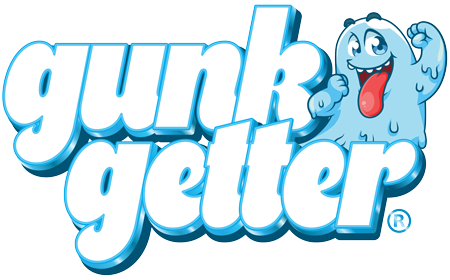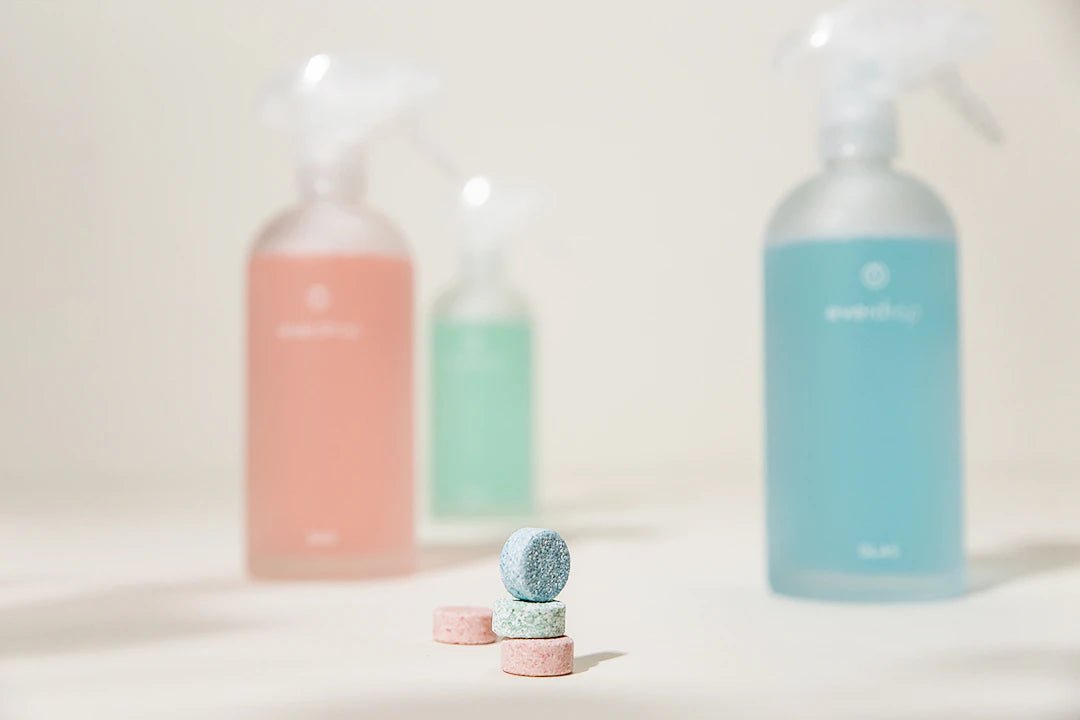Cleaning is not just a chore; it’s a science. Understanding how different cleaning products work can help you make informed choices about which ones to use and when. Whether you’re tackling tough stains or merely sprucing up a surface, knowing the chemistry behind cleaning agents can make all the difference. This article will delve into the science of cleaning, illustrating how various products function and their applications in everyday scenarios.
The Fundamentals of Cleaning
At its core, cleaning is about removing dirt, germs, and unwanted substances from surfaces and materials. The efficiency of this process depends on several factors, including the type of cleaning product used, the surface being cleaned, and the nature of the dirt itself.
Understanding Dirt and Grime
Dirt can consist of a mix of organic material, grease, oil, and microorganisms. Each type of soil requires a specific cleaning approach, and that’s where different products come into play. Here are some common types of dirt and the most effective cleaning methods:
- Organic Matter: Food stains, blood, and plant residues.
- Grease and Oil: Kitchen spills, lubricant residues.
- Microorganisms: Bacteria, viruses, and fungi.
The Role of Surfactants
Surfactants are the backbone of many cleaning products. These chemical compounds reduce surface tension between liquids and solids, allowing dirt and grease to be lifted away from surfaces. Surfactants are commonly categorized as anionic, cationic, nonionic, and amphoteric, each with unique characteristics.
Anionic Surfactants
Anionic surfactants are negatively charged and are particularly effective at removing dirt and stains. They work well in alkaline solutions, making them ideal for laundry detergents and surface cleaners. Their ability to create foam helps suspend dirt particles, making them easier to wash away.
Cationic Surfactants
In contrast, cationic surfactants carry a positive charge, making them effective against bacteria and other microorganisms. These are often used in disinfectants and fabric softeners. While cationic surfactants do a great job at killing germs, they may not be as effective at removing dirt and grease.
Nonionic Surfactants
Nonionic surfactants have no charge and are highly versatile. They can effectively dissolve both oil and dirt, making them excellent for cleaning delicate fabrics or surfaces that require a less abrasive solution. They are commonly found in multi-purpose cleaners.
Amphoteric Surfactants
As the name suggests, amphoteric surfactants can act as either anionic or cationic, depending on the pH of the solution. This versatility makes them useful for a wide range of applications, from personal care products to household cleaners.
The Importance of pH Levels
The pH level of a cleaning solution influences its effectiveness. Different types of dirt respond to various pH levels, so knowing the right balance is essential for successful cleaning.
Acidic Cleaners
Acidic cleaners typically have a pH of less than 7 and are effective in removing mineral deposits, rust stains, and soap scum. Examples include vinegar, which is often used for descaling, and citric acid-based cleaners.
Neutral Cleaners
Neutral cleaners, with a pH around 7, are mild and safe for a variety of surfaces. They are perfect for general cleaning tasks and do not damage most surfaces. Non-toxic and biodegradable options are highly sought after in this category.
Alkaline Cleaners
Alkaline cleaners usually have a pH above 7 and are great for cutting through grease and oil. Many household detergents fall into this category, making them perfect for kitchen cleaning tasks.
The Power of Enzymes
Enzyme-based cleaners utilize the natural power of enzymes to break down protein, starches, and fat. By targeting specific types of stains, these cleaners are particularly effective for organic matter like food spills and pet messes.
Proteases
These enzymes specifically break down proteins and can effectively remove blood, grass stains, and other protein-based grime. They are often included in laundry detergents and spot removers.
Amylases
Amylases target carbohydrates and can be useful for eliminating starchy residues like sauces, pastes, or grease. This makes them effective in kitchens and dining areas.
Lipases
Lipases focus on breaking down fats and oils, making them ideal for tackling greasy surfaces and stains. They are commonly found in products designed for kitchen use.
The Role of Antimicrobial Agents
To combat germs, many cleaning products include antimicrobial agents. These substances are designed to kill or inhibit the growth of bacteria, viruses, and fungi.
Bleach
One of the most well-known antimicrobial agents is bleach (sodium hypochlorite). It is effective in disinfecting surfaces but must be used with caution due to its harshness and potential for damaging surfaces or causing irritation.
Hydrogen Peroxide
Hydrogen peroxide is another popular disinfectant that breaks down into water and oxygen, leaving no harmful residues. It can be used effectively on many surfaces, but care should be taken with colored materials, as it may cause fading.
Specialized Cleaners
Depending on the surfaces you are cleaning, there are specialized products designed to protect and maintain specific materials.
Glass Cleaners
Formulated with a combination of surfactants and solvents, glass cleaners effectively cut through grease and leave streak-free results. They often include ammonia for its powerful cleaning properties but can also contain less harmful ingredients for an eco-friendly option.
Wood Cleaners
Wood requires special attention, as traditional cleaning products may damage its finish. Wood cleaners often contain oils or waxes that nourish the surface while also providing a clean finish.
Eco-Friendly Alternatives
With growing environmental concerns, eco-friendly cleaning products are becoming increasingly popular. Many of these cleaners use plant-based surfactants and enzymes that effectively clean without harmful chemicals.
Vinegar and Baking Soda
These classic staples can tackle many cleaning tasks. Vinegar’s acidic nature helps dissolve mineral deposits, while baking soda acts as a gentle abrasive to scrub surfaces clean.
Essential Oils
Essential oils are not only aromatic but can also provide antimicrobial properties. Many eco-friendly products harness the power of these oils for both cleaning and enjoyable fragrances.
Choosing the Right Cleaning Product
To maximize cleaning efficiency, it’s essential to select the right product based on the type of dirt, the surface being cleaned, and any specific requirements (like being eco-friendly). Here are a few tips for choosing the right cleaning agent:
- Know the surface: Different materials require different cleaning approaches.
- Read labels: Understanding the ingredients will help you choose a product that meets your needs.
- Test small areas: Before using a new product extensively, test it on a small, inconspicuous area first.
Myths Decoded: What You Need to Know
Cleaning myths abound, and separating fact from fiction can improve your cleaning regime significantly.
More is Better
Many believe that applying more cleaning product results in a better clean. In reality, using excess cleaner can lead to residue build-up, and you might end up needing more rinsing.
Hot Water is Always Better
While hot water can help with certain types of stains, it may not be suitable for all surfaces, especially those sensitive to heat or finishes. Always check the guidelines for your cleaning products.
Elevate Your Cleaning Game
Equipped with knowledge about the science of cleaning, you can elevate your cleaning game. Understanding how different products work enables you to choose the right tools for each task. This knowledge not only saves time but also ensures that you achieve sparkling results that enhance your living environment.
By learning about surfactants, pH levels, the power of enzymes, and antimicrobial agents, you’re well on your way to becoming a cleaning expert. The best part is that you don’t have to rely solely on commercial products; eco-friendly alternatives can be just as effective, allowing you to clean your home while being kind to the planet.
In your quest for cleanliness, remember that a little knowledge goes a long way. Experimenting with different cleaning agents based on their scientific properties will not only make your cleaning more efficient but will also instill a sense of satisfaction knowing that you are making informed choices. Happy cleaning!


Share:
Sparkling Clean: Your Guide to DIY Cleaning Solutions You Can Make at Home
Keep Your Home Spotless: Expert Tips for Pet Owners